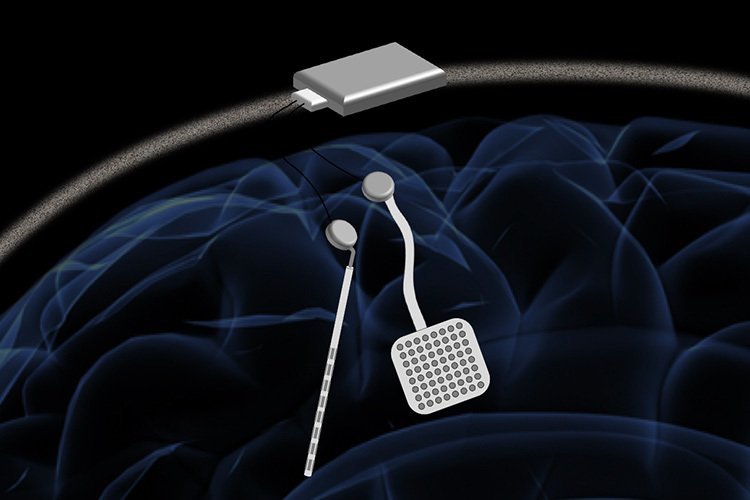Device that works like pacemaker for brain, can treat epilepsy, Parkinson's

- Country:
- India
Researchers have developed a device that works like a "pacemaker for the brain" to monitor the brain's electrical activity and potentially deliver fine-tuned treatments to patients with diseases like epilepsy and Parkinson's. The device, named WAND, short for wireless artefact-free neuromodulation device, can deliver electrical stimulation if it detects something amiss in the brain's electrical activity.
The device is both wireless and autonomous, meaning that once it learns to recognise the signs of tremor or seizure, it can adjust the stimulation parameters on its own to prevent unwanted movements. And because it is closed-loop -- meaning it can stimulate and record simultaneously -- it can adjust these parameters in real-time.
"We want to enable the device to figure out what is the best way to stimulate for a given patient to give the best outcomes. And you can only do that by listening and recording the neural signatures," said Rikky Muller Assistant Professor at the University of California, Berkeley.
The WAND custom integrated circuits can record the full signal from both the subtle brain waves and the strong electrical pulses. WAND can record electrical activity over 128 channels, or from 128 points in the brain, compared to eight channels in other closed-loop systems, according to a study published in the journal Nature Biomedical Engineering.
To demonstrate the device, the team used WAND to recognise and delay specific arm movements in monkeys. In experiments, the monkeys were taught to use a joystick to move a cursor to a specific location.
After a training period, the WAND device was capable of detecting the neural signatures that arose as the animals prepared to perform the motion, and then deliver electrical stimulation that delayed the move.
"In the future, we aim to incorporate learning into our closed-loop platform to build intelligent devices that can figure out how to best treat you, and remove the doctor from having to constantly intervene in this process," Muller said.
(With inputs from agencies.)
ALSO READ
Taylor Swift treats fans with 'The Tortured Poets Department' lyrics on Eclipse Day
Boeing deliveries drop by half in March due to increased quality checks
European court rules on 3 cases seeking to enforce climate goals, delivering a combination of outcomes
Trump jurors to be asked their views on his treatment in hush money case
'Aam Aadmi' cap pulled off as Kejriwal wants treatment of 'Khas Aadmi': BJP's jibe after Delhi CM gets no relief from HC










